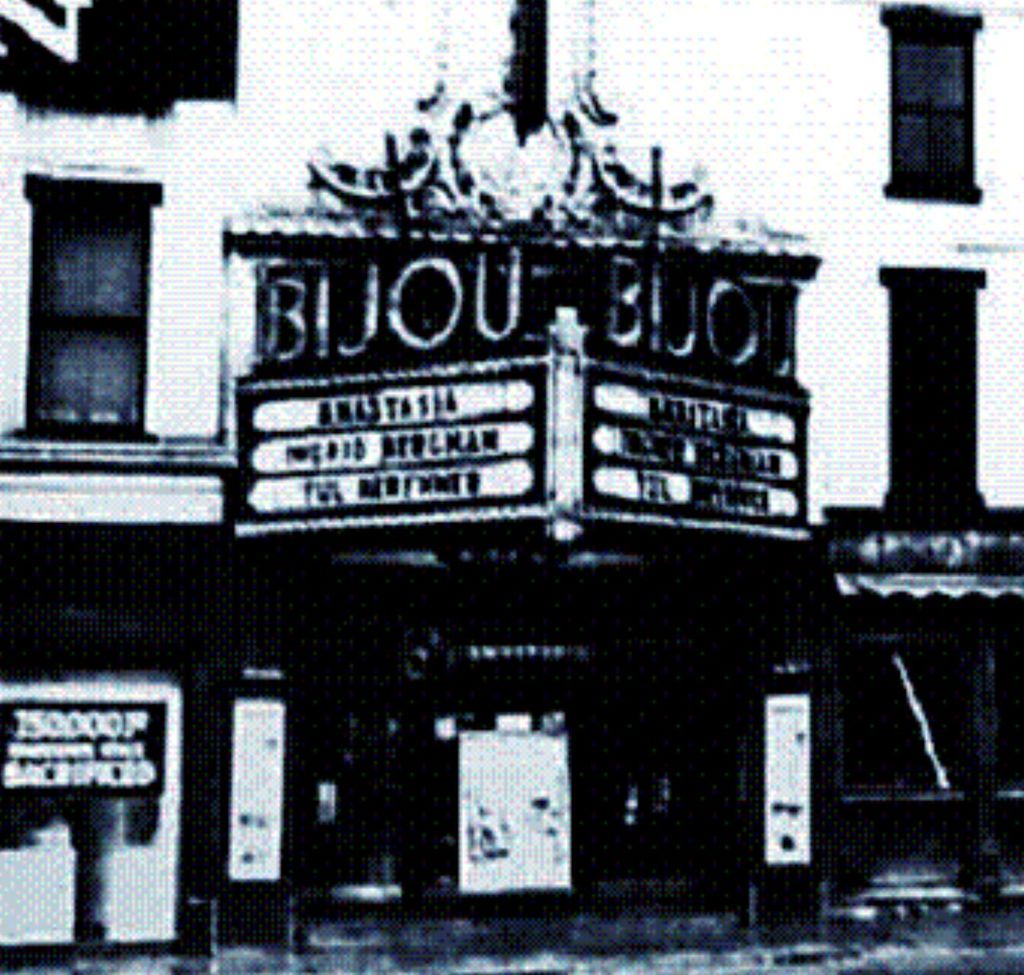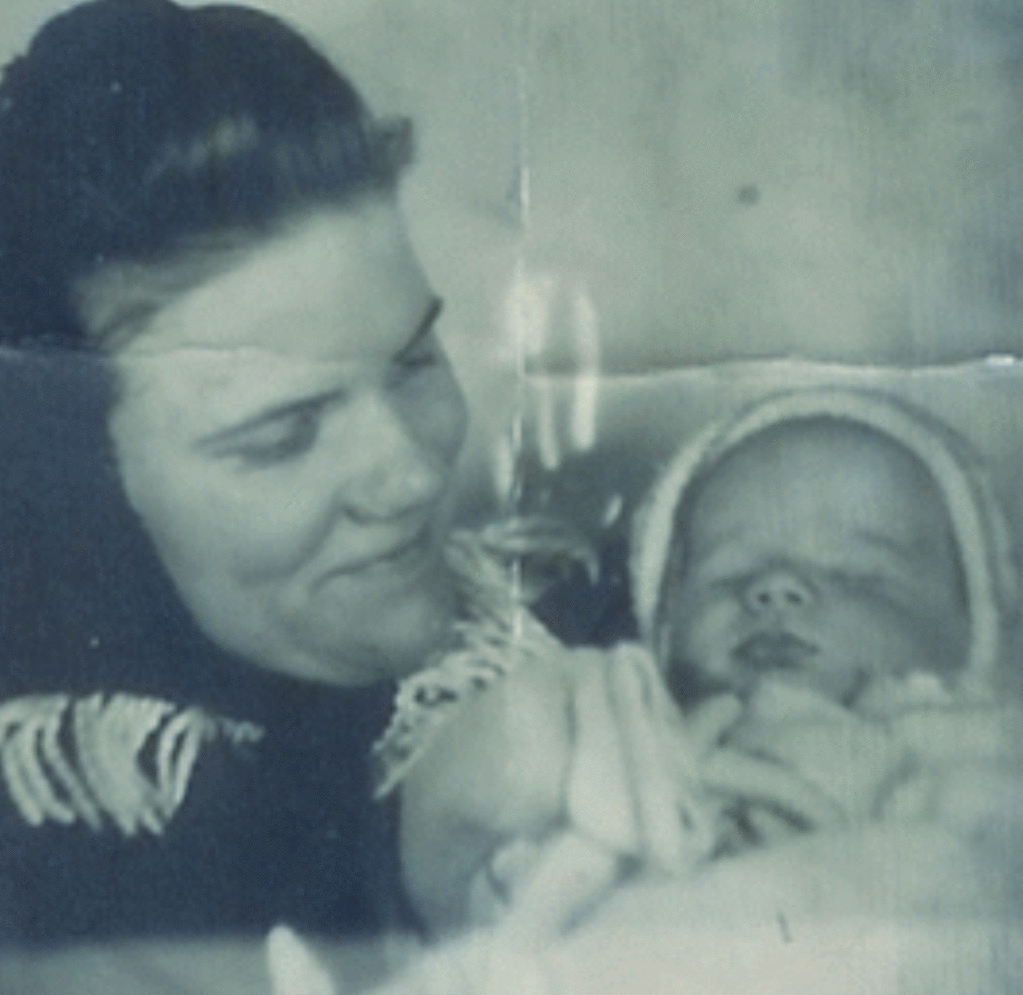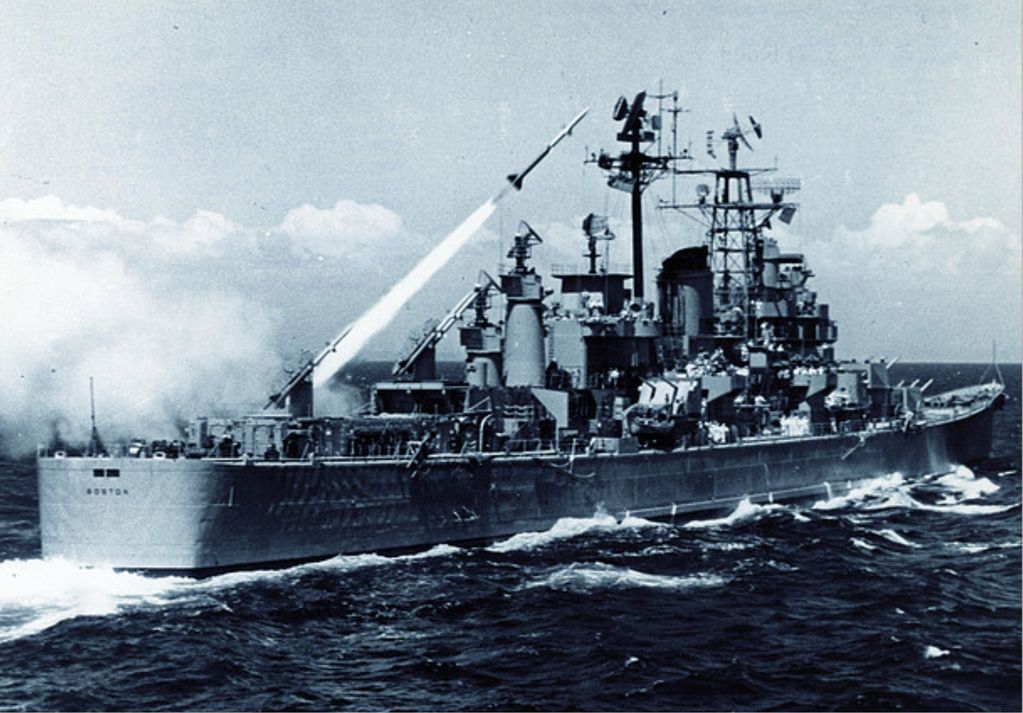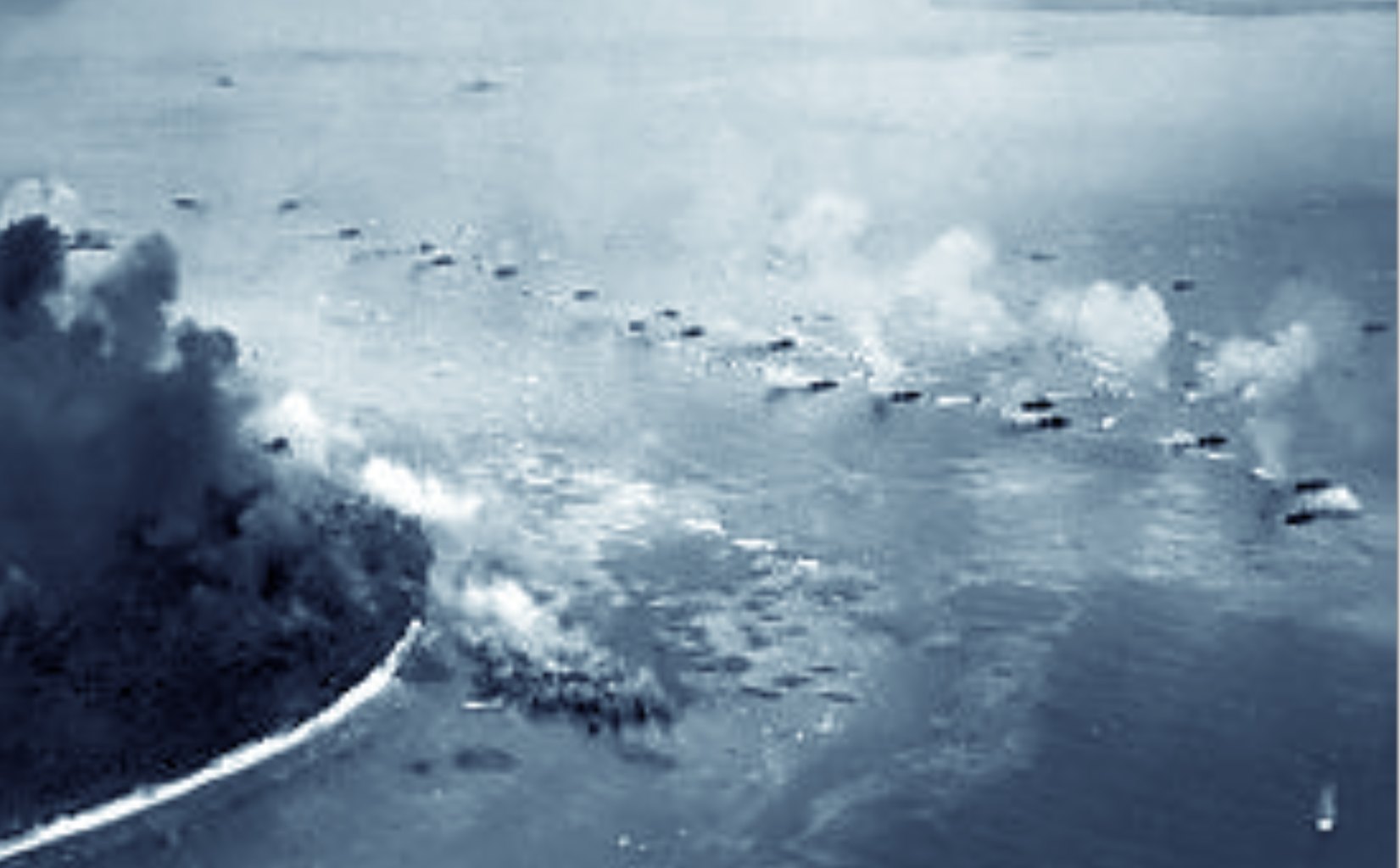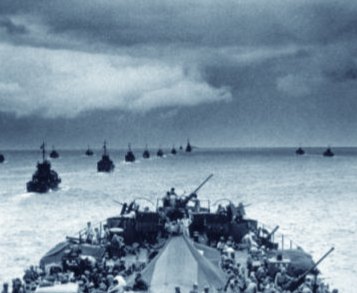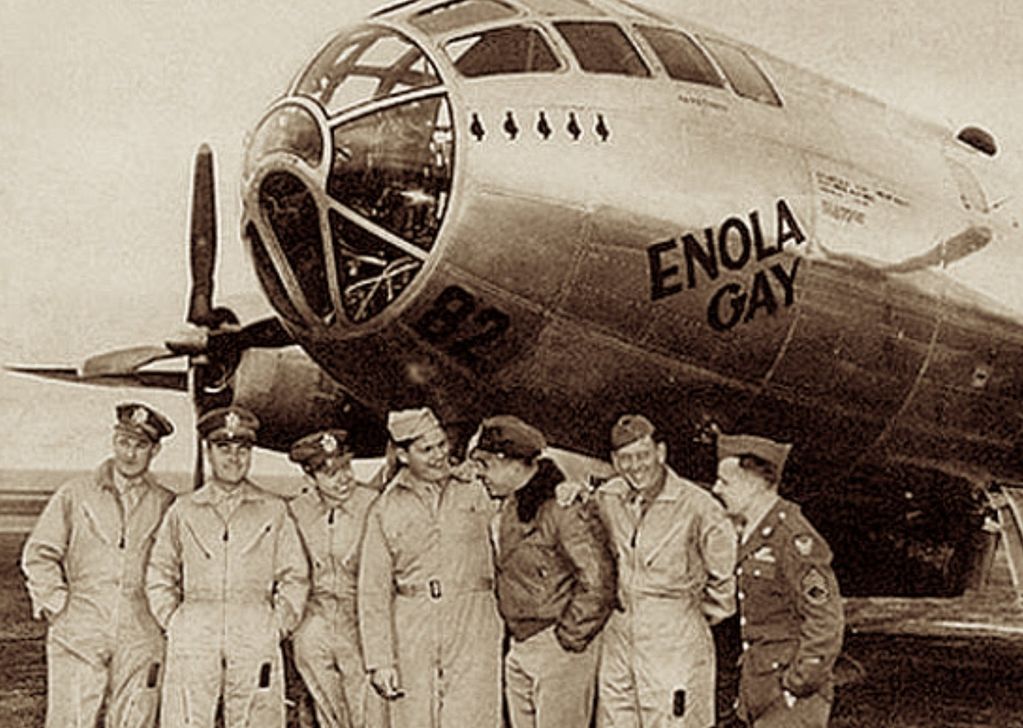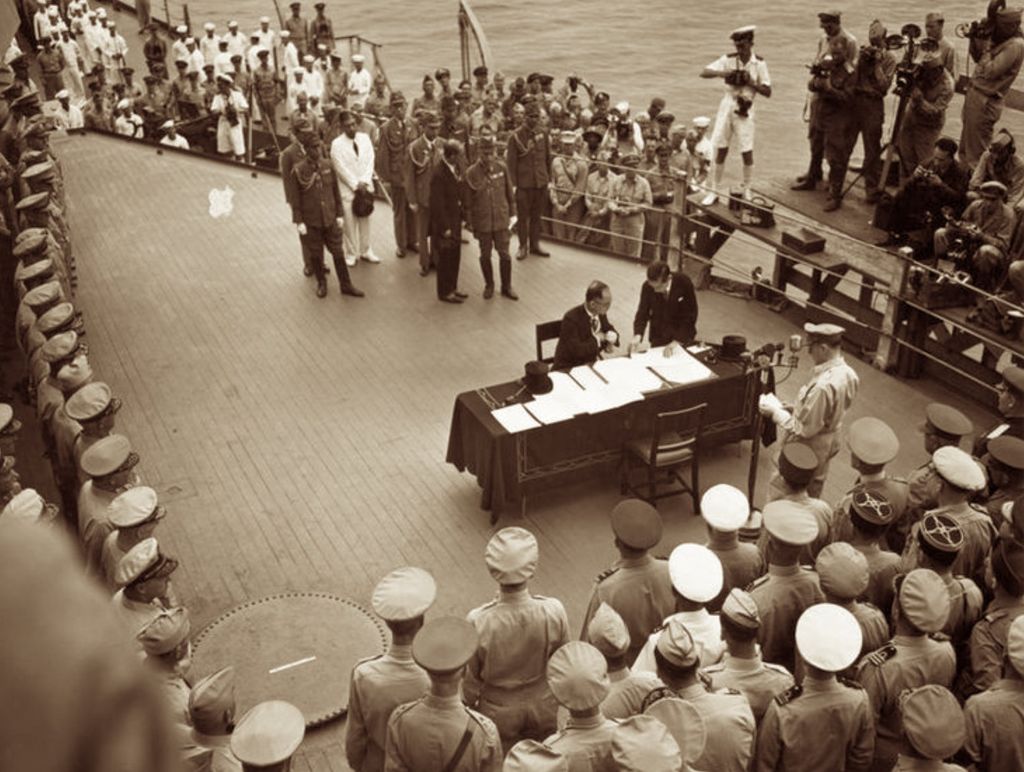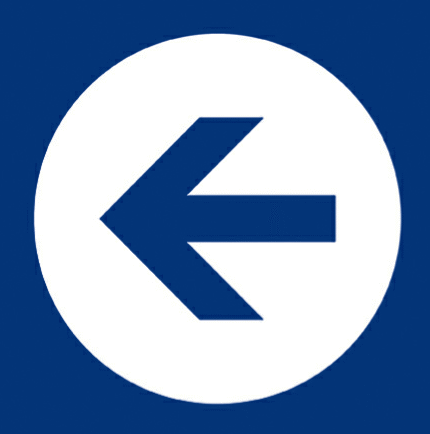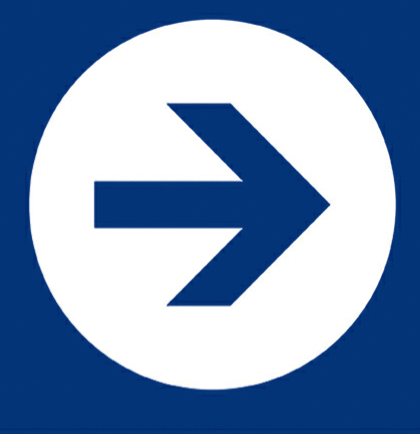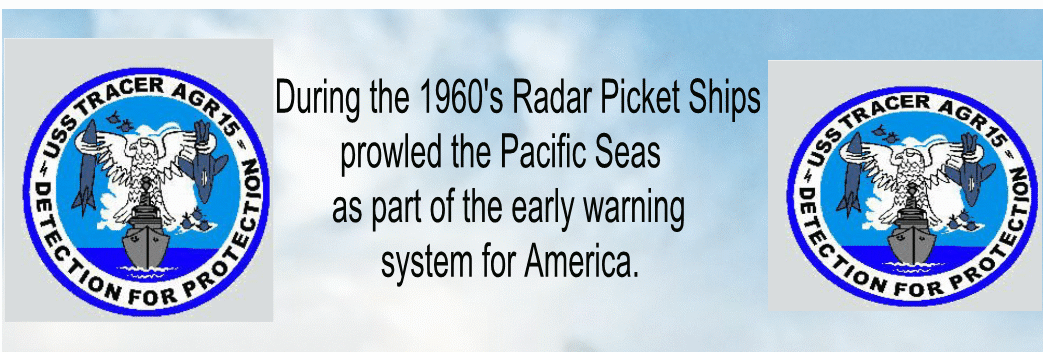Our Fathers:
The Navy of the USS Tracer was essentially the Navy of World War II. WWII had ended about fifteen years before our time on the Tracer, but the Navy we came to know was the Navy our fathers had known; the ships, the armaments, the traditions were essentially what they had been fifteen years earlier. There were no women serving onboard Navy ships and when homosexuals were discovered within the ranks they were quietly discharged from the service. Like our fathers we had felt the warm breath of the national draft upon our necks and that was a major factor in our decision to enlist, but later, we too, felt pride in having served honorably.
In the 1960’s many young sailors entered the Navy because of a family member who had served and in my case it was my father (Roland Phillips Sr.) who had served during WWII. I was born while my father was a young sailor aboard the USS Boston, a heavy cruiser. Growing up, I knew my Dad had been in a number of major Pacific Battles on the Boston but I didn’t learn until recently he had been in almost EVERY major battle in the Pacific during the years 1944 and 1945.
My Mom and Dad were childhood sweethearts, they were married in 1936---both were teenagers---they would remain married for the rest of their lives. Dad died at age 78 and Mom died 7 years later at 85. On the day of December 7th 1941, a Sunday, my mother and father were coming out of the Bijou Theater on Exchange Street in the small New England town where they lived. Someone shouted out that the Japanese has just bombed Pearl Harbor in the Hawaiian Islands. For the following year (1942) Dad evidently managed to stay out of the military but I suspect the pressure became too great and he joined the Navy in June of 1943. He spent July and August in boot-camp and reported aboard the USS Boston on September 15th, 1943. Dad served in the Navy from 1943 to around December of 1946. I was born toward the end of 1943 two months after Dad reported to the Boston… I suspect the first time I saw my father he was wearing a Navy uniform. My father left the Boston prior to the ship's last voyage to Puget Sound in Washington State and returned to New England and my mother and me. I was 2 and ½ years old when my Dad came home from the war.
My father had five male siblings; three served in the Navy and two served in the Army during the War. One of my uncles served on submarines and retired from the Navy (ET1) in the 1960’s.
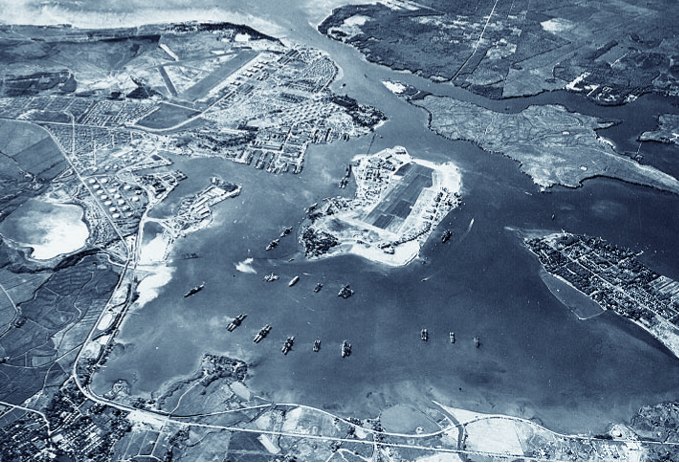
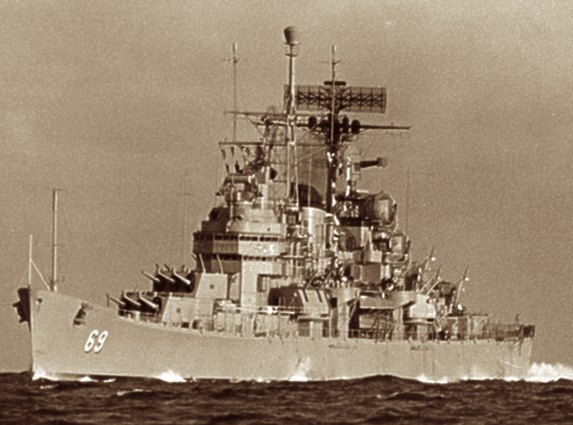
The USS Boston CA-69/CAG-1, (CA means Cruiser Armored and CAG means Carrier Air Group) was a Baltimore-class heavy cruiser; the sixth ship of the U.S. Navy to be named for the city of Boston, Massachusetts. Boston was launched August 26, 1942 at the Fore River Shipyard in Quincy, Mass. The USS Boston reported to the Pacific Fleet, arriving at Pearl Harbor on December 6, 1943. She joined Task Force 58 (TF 58) in January. The Boston was involved in practically every major battle in the Pacific in 1944 and 1945. She was at New Guinni, Lyte Gulf, the Phillipine Sea and Okinowa. My father served aboard the Boston during all of 1944 and 1945 until the end of the war. I never knew until recently that he had been in all those battles. He did mention a couple of times over the years that he had been in major Pacific Battles BUT he was in practically ALL of them, serving aboard a lucky ship… the Boston was never hit during any of those major battles.
The Boston took part in the raids on the Marshall Islands (early in 1944). She supported the assaults on the Palaus and Western Carolines between March and April, and operations at Hollandia and Western New Guinea toward the end of April. The ship participated in the attack on Truk including bombardment of Satawan Island between April and May. Boston also supported the invasion of Saipan in June, and took part in several raids on the Bonin Islands in late June and July. She also supported the carrier task forces during the Battle of the Philippine Sea on June 19th. During the Battle of Formosa the USS Houston (CL81) distinguished herself but was badly damaged and USS Boston was enlisted to take the crippled hero under tow.
During that famous battle, the USS Huston (CL81) was hit and sinking so her Captain ordered some personnel off the ship and the Houston was taken under tow. Admiral Bull Halsey debated whether or not to scuttle the ship but decided against. There were two ships damaged, one was the USS Canberra and the other was the USS Houston. There was only one fleet tug in the area so the USS Boston was enlisted to tow the Houston to safety. Boston towed the Houston past the Formosa coast and was eventually relieved by a sea-going tug. By this time the Huston’s Captain had ordered the crew off the ship and kept his ship afloat with damage control parties. Within hours of the Boston being relieved the Houston was hit again by Japanese torpedo planes. Halsey once again was going to have her scuttled but decided to use the two crippled ships as bait to lure the remnants of the Japanese fleet into action. He did and… the enemy took the bait. In the ensuing battle the Japanese fleet was decimated. The Houston made it to safety and managed to steam home where she was sent to New York for repairs. She was still a proud ship of the US Navy after the war.
After Formosa, the Boston returned to the Marianas, to support the invasion of Guam on July 12th, until the successful completion of that campaign on August 15th. The ship also took part the landings on Morotai on September 15th, and the seizure of the southern Palaus between September and October. She also supported the raids on the Philippine Islands starting in September.
Boston served with Task Force 38 during the Okinawa raid in October, and the northern Luzon and Formosa raids as well as the Luzon raids on October 24th through October 26th. Boston also participated in the Battle of Leyte Gulf in October as well as the Formosa raids in January 1945. Further raids on Luzon took place on January 6th, with raids on the Chinese mainland later that same month. The Boston’s carrier task force launched a raid on Nansei Shoto (the Japanese homeland) on January 22nd, and raids on both Honshū and Nansei Shoto in February and March.
The USS Boston returned to the United States for overhaul, arriving at Long Beach, California, March 25th, 1945 (my father was there). Eight Years later my Dad moved our family to California to a town in the San Gabriel Valley about thirty miles north of Long Beach; we lived in California for the rest of our lives. Returning to the Western Pacific, via Pearl Harbor and Eniwetok, the Boston was attached to Task Force 38 for the raids on the Japanese home islands in July and August of 1945, including the bombardment of Kamaishi Honshū (August 9th). Following the Japanese surrender, Boston remained in the Far East on occupation duty until February 28, 1946. She then returned to the United States and was placed out of commission in reserve at Puget Sound Naval Shipyard on March 12, 1946.

